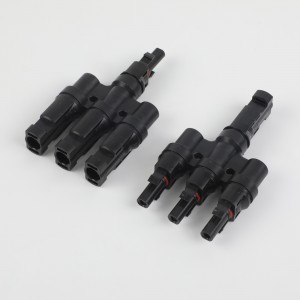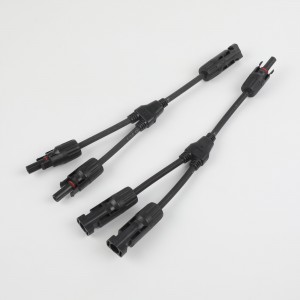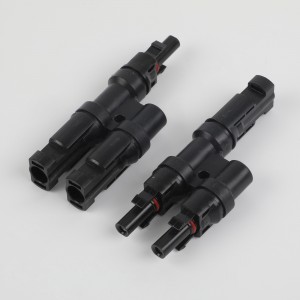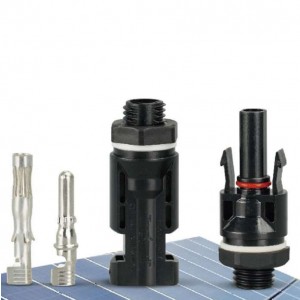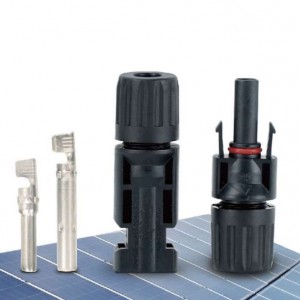Photovoltaic connector-MC4 type, Panel type
Types
There are two main types of solar connectors: MC4 connectors and TS4 connectors. MC4 connectors are the most widely used connectors in the solar industry, known for their efficiency, safety, and durability. They have a waterproof rating of IP67, making them suitable for use in harsh weather conditions. TS4 connectors are a newer type of connectors that offer additional features, such as monitoring and safety functions, and can be customized according to the specific requirements of a solar installation.


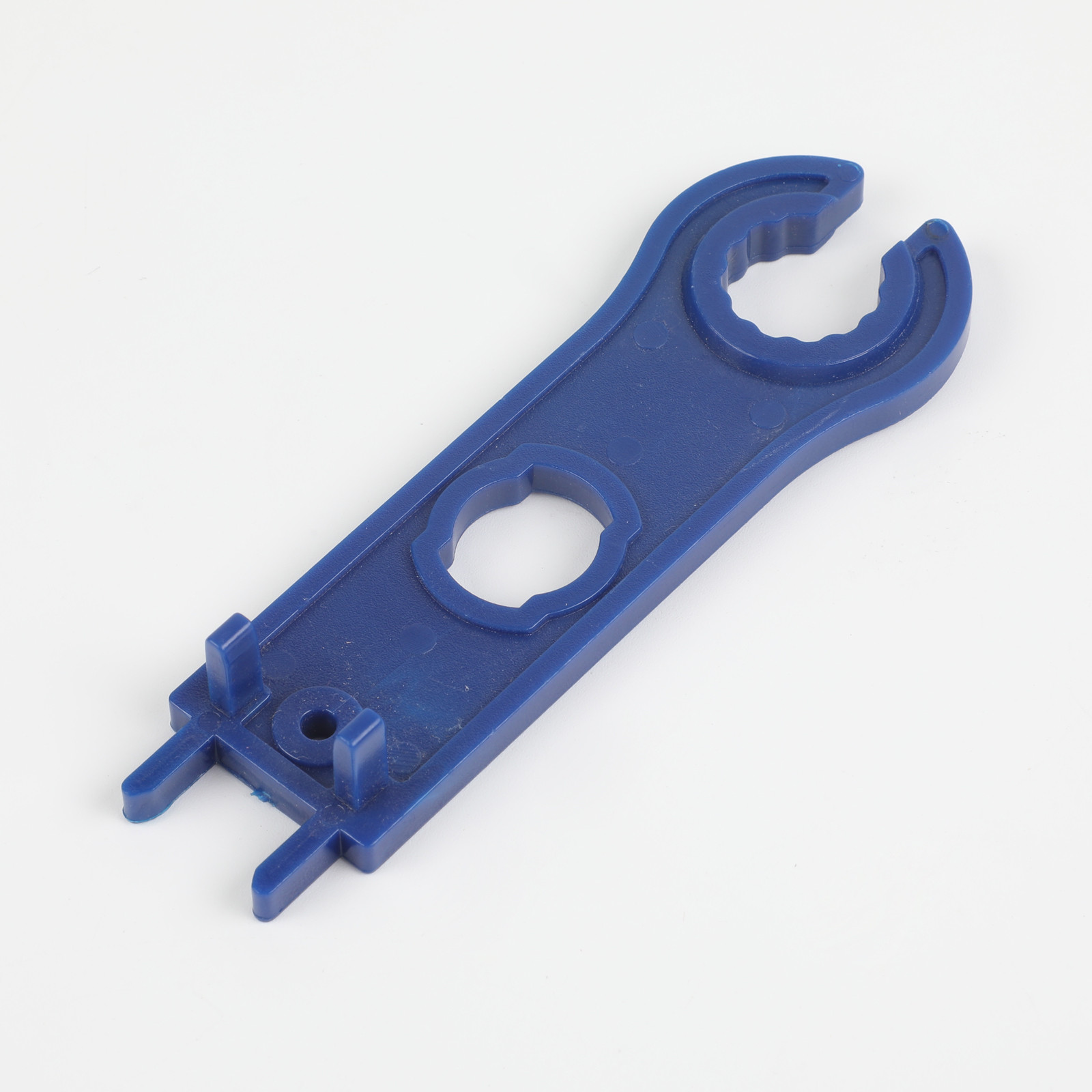
Advantages
Solar connectors offer numerous advantages in the solar power system. They are designed to withstand extreme environmental conditions, including high temperatures, UV exposure, and harsh weather. They also provide excellent electrical conductivity, ensuring that the electricity produced by the solar panels is transferred efficiently to the inverter. Additionally, solar connectors are easy to install and maintain, reducing installation times and costs.
Applications
Solar connectors are used in a range of solar applications, including residential, commercial, and industrial installations. They are an essential component in the solar power system, providing a reliable and efficient way to transfer electricity from the solar panels to the inverter. Solar connectors are used in small-scale installations, such as homes and schools, to large-scale solar farms that generate electricity for entire communities.






